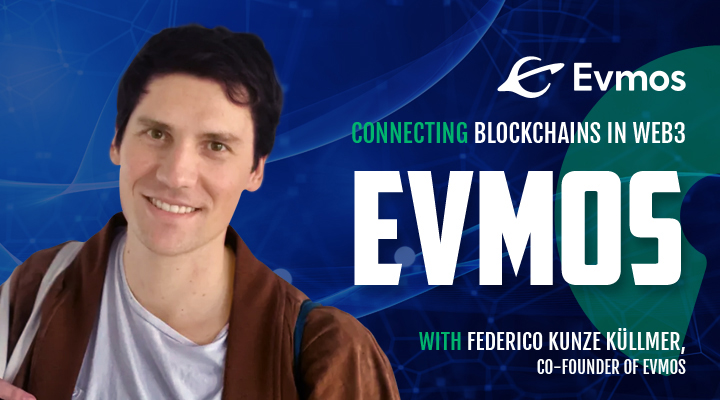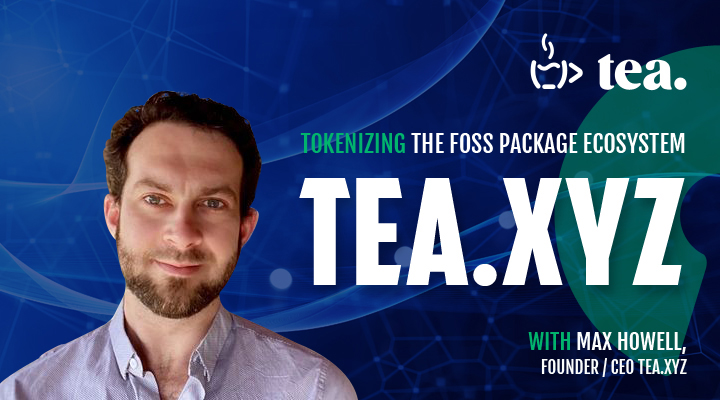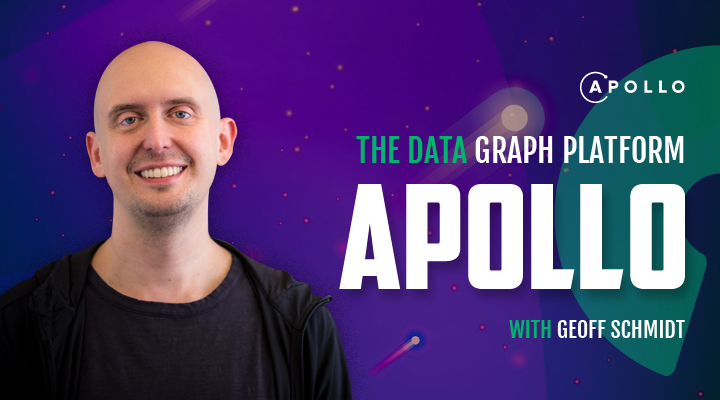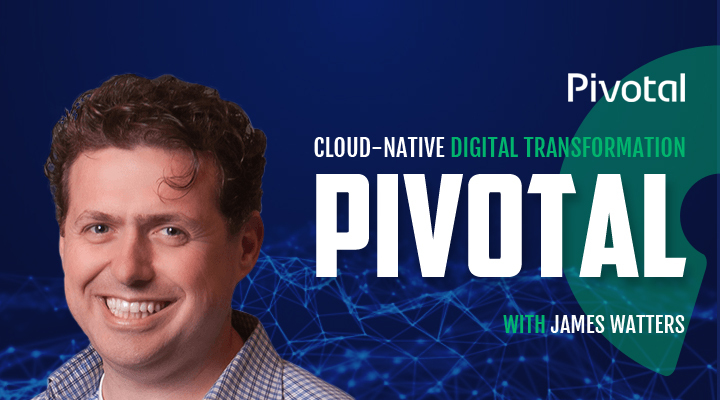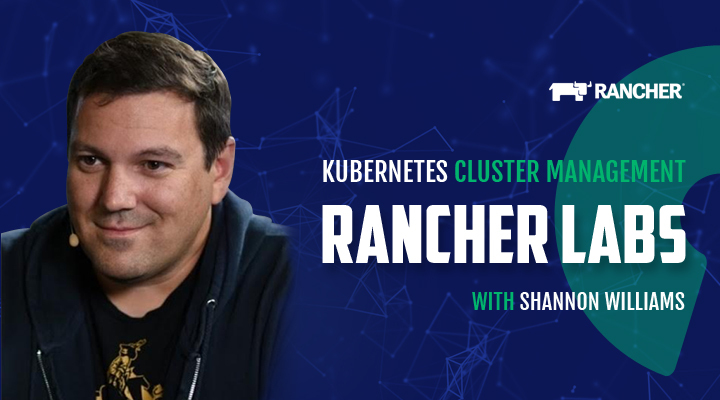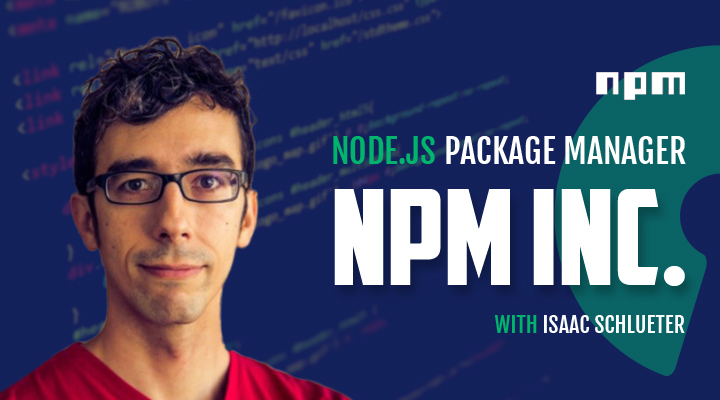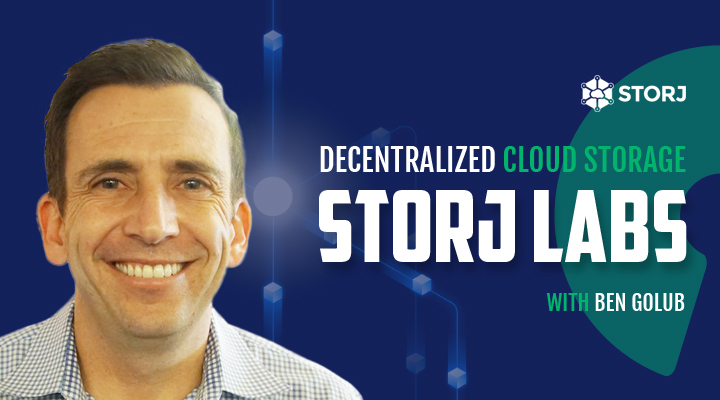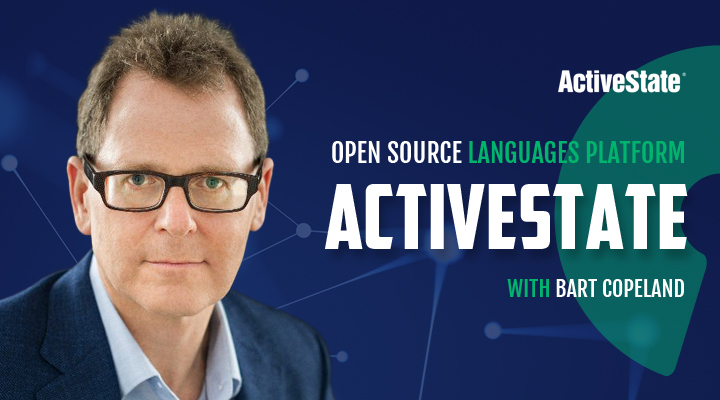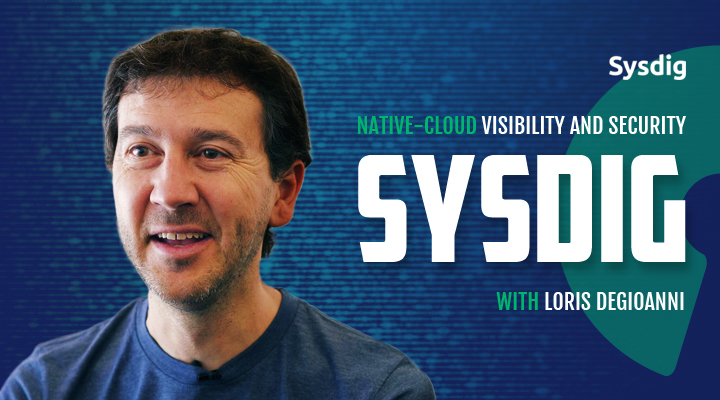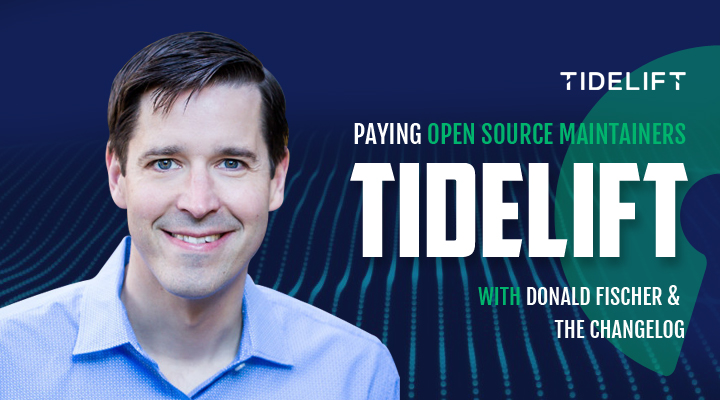Episode 56 – Connecting Web3 Blockchains, Federico Kunze Küllmer, Co-Founder of EVMOS
Intro
Mike Schwartz: Federico, welcome to the podcast!
Federico Kunze Küllmer: Hey, Mike, thanks for having me today!
Background
Mike Schwartz: Before we dive into Evmos, tell us a little bit about your journey how’d you get here?
Federico Kunze Küllmer: So, I started in Computer Science and Industrial Engineering in Chile. I did a semester abroad at UC Berkeley where I joined this student organization called Blockchain on Berkeley, and that’s where my journey on the blockchain ecosystem but also in the open-source ecosystem started.
After I graduated, I started working on numerous open-source projects like Tendermint, Cosmos SDK, which powers many of the projects that you can see out there, like Binance, Terra, and the entire Cosmos ecosystem. And now, Evmos, which is a project I’m building.
Mike Schwartz: Awesome. So, the topic of today’s podcast is how we can use DAOs to perhaps provide an alternate funding mechanism, an organizational mechanism for open-source projects.
But before we get into that topic, some of our listeners might not know what a DAO is. Can you help give a baseline sort of definition?
Federico Kunze Küllmer: For sure. DAO stands for Decentralized Autonomous Organization. It’s basically – think of it as a corporative or any association of different accounts that live on the blockchain or through different governance mechanisms are able to decide on certain like outcomes or voting certain proposals at the DAOhaus.
They also have like a common shared address where they can, for example, pull their accounts and their tokens, so they can spend on different initiatives. That’s how you can, more or less, create these sorts of autonomous organizations to eventually fund the different public goods and base-layer infrastructure that you’re providing through open source.
Is DAO Discord Group With A Crypto Wallet
Mike Schwartz: One of the founders of a DAO called “Friends-With-Benefits” has described the DAO as a Discord group with a crypto wallet. Is that inaccurate?
Federico Kunze Küllmer: In some way, that’s accurate. In a way that the crypto wallet is here, was that the important component, where every member of this organization has some shares, so to say, so that they can be long in this organization. So, I would say that’s pretty accurate, where every member of the Discord has some share in the organization.
Tokens V. Options
Mike Schwartz: In a traditional company, let’s say, that most of our listeners are familiar with, you issue stock to team members. That stock is normally issued in the form of options. And those options, even when exercised, are subject normally to a fairly restrictive stockholder agreement. So, in this case, it sounds like you’re saying that the sort of members of the team, instead of being issued stock, are going to be issued a token specific to this project. What are the ways that such a token would differ from the traditional options or a corporate equity grant?
Federico Kunze Küllmer: The main difference here between a token and a share in a company is the immediate access to the liquidity, when you have options for a company that is not publicly listed or is not currently raising a fund, like a funding round. It’s really hard to get liquidity for those options once they’re exercised. So, with tokens, you actually have the opposite. When your tokens are vested, you can start selling them in the open market. I would say that’s a main difference.
On top of that, tokens can also have certain behavior, like, for example, you can create tokens that are vested over certain period of time, or like some tokens that are locked for like one year. Like, trying to simulate a one-year cliff they usually have with options, and so on and so forth. So, it’s actually trying to replicate the same behavior that you have right now with options, but on a decentralized way, and actually having those tokens be liquid.
Token Liquidity
Mike Schwartz: If you get tokens in a DAO, these tokens aren’t necessarily going to be listed on a public exchange, so how exactly would owners of the project tokens get liquidity?
Federico Kunze Küllmer: For example, either you issue these tokens individually to each of the members of the team, so that they can like have different vesting schemes or vesting schedules. So, if you have like an individual joins a company or organization at a given time, you can issue these vesting schedules over time that is publicly available on the blockchain. And you can see the account that says the tokens are being vested over like four years or one year. And then, you can also create these flobots for each of the tokens.
That’s when you issue them individually to each member, and you can also create as you mentioned, like a DAO, that is covering certain rules, where all the shareholders vote to distribute the proceeds or these tokens that the DAO account controls to the different members, according to the different shares they have.
So, that’s like the two ways that you can fund this, as either issue a vesting schedule individually or the tokens individually, or the other option is like have these common wallets, where you create different wallets or proposals, which are voted by each of the members.
Mike Schwartz: Maybe I’m not understanding: if I go to pay rent or buy milk, you know, how do I sell my project token into something that’s liquid like Ethereum or Bitcoin?
Federico Kunze Küllmer: You can do that by issuing the tokens that are native, from the certain project, and usually they were publicly traded on decentralized exchangers or centralized exchangers, like Coinbase or Binance, etc., so you can like actually swap the token if they’re listed. And then, like, thus, bring in some liquidity so that you can trade the token against like another known crypto currency like Bitcoin or Ethereum.
Mike Schwartz: So, what you’re saying is that you could sort of build into these project tokens an automatic conversion feature into something that’s liquid?
Federico Kunze Küllmer: Yeah. Usually, the project doesn’t need to be necessarily the one that is providing this exchange on a decentralized way, but usually rely on other projects that are fully interoperable. If you’re building a specific application, your application can connect to another smart contract that provides this functionality for another digital assets, like Bitcoin and Ethereum, and then you can use that and trade them to fiat, for example.
Mike Schwartz: I see. So, you’re saying that there’s already a generalized token. So, you don’t issue a specific token for your project, but maybe you use a platform that gives you a token that already has the properties. What are some of the platforms that are out there that could do this? Just maybe a couple of examples?
Federico Kunze Küllmer: On Ethereum, the most notable ones are probably Uniswap. You also can find some of the others that are targeting other types. But, yeah, like the main one is definitely Uniswap, I would say on Ethereum. On Cosmos you can find for example Osmosis, which is another platform that supports this.
How To Define The Governance?
Mike Schwartz: You mentioned that in a DAO, you can implement different rules, depending upon the specific goals of your project. I think of that as the governance of the project. It seems to me like it’s somewhat challenging to set up the governance of the project. Where do you start that process? And, you know, while there’s governance frameworks that exist for Discord group participation, are there templates out there or playbooks for open-source projects? And it seems like sort of a difficult problem. And where do you start and how do you define these rules?
Federico Kunze Küllmer: This is a great question. In general, where you can find different governance protocols that are used in these different DAOs, so you can have different types of votes, you can have different type of proposals that you can submit. One is, for example, you can signal certain changes to your community. Like signal certain changes, when I introduce it to your community, how strongly do your community feels about certain topic. And those are, like, just for example, “Do you support us doing this?”
That is actually not caring weight on blockchain itself, but, for example, you can also build some type of proposals that are voted on by every member. You can distribute the tokens from these DAO, or from other community allocated tokens, in order to fund public goods, like open source or other contributions from other external contributors, which has already, for example, like my company was funded through these sorts of like community-allocated grants, through these governance mechanisms.
So, they’re like multiple types of proposals that the community can vote already, and you can find them on Cosmos, which is a Blockchain ecosystem we are in. And on Ethereum, there’s already some smart contracts that support this functionality as well for DAOs.
Mike Schwartz: But digging into it a little more specifically, when you define the governance, are we talking about smart contracts, are we talking about legal documents, are we talking about English explanation of what the rules are for this DAO, or all of the above?
Federico Kunze Küllmer: It’s usually in the set of code, and it’s a smart contract, you would say. And then, you also find another sort of like blockchains that also support governance and the code itself. So, for example, you would submit a transaction with this proposal saying, “I want to fund this team to execute on four different milestones over one year.” And then, this proposal gets voted by the entire community.
And once the proposal passes automatically, because it’s on the blockchain, the governance logic is on the blockchain, it automatically funds the team that was allocated the grant, for example, to complete these different milestones. So, you allocate it automatically, so to say, when the proposal passes..
Allocating Tokens To The Team
Mike Schwartz: It sounds like you’re saying that the measure of work that we’re going to compensate in the smart contracts for is a milestone, but when I look at an open-source ecosystem, what I see is that people tend to think about the developers, but we also have code reviewers and people who do Q&A and write documentation, and Kubernetes Helm Charts, and triage issues and do outreach.
I collectively call all of these contributors like the open-source creators, if you’re going to do one big grant for, let’s say for a milestone, how do you decide who gets what and how do you make it fair?
Federico Kunze Küllmer: Yeah. This is a great topic that is, I think, very challenging. Because there’s always someone that needs to be like continuously monitoring the milestones and whatnot, and then, also, this visibility of these different grant programs.
Some of these open-source creators, as you mentioned, maybe never heard of these ways of funding through development. Usually, sometimes there could be like one single developer that is creating one single library that is like the backbone of these other different projects. Usually, right now, how it’s being implemented, there is these like committee receipts.
So, instead of distributing the funds directly to the grant recipient, it is distributed to a committee that is composed by two external parties that are reviewing these milestones, so they get approved. And then, you also have one member of the team that is receiving the grant.
So, for example, like two out of three of these members of the committee can like distribute the funds. So, it’s more of like a reputation based, where like these other members of the committee send the tokens to the grant recipient.
Revenue Sharing With Developers
Mike Schwartz: You mention that there was a committee that decides how to compensate the team members. I know I’ve heard of some other DAOs that use something like, let’s say, how many Discord messages you post equates to how many tokens you receive as compensation.
Or, perhaps, how many GitHub issues you complete, or how many hours you work. So, is there any way, instead of using a committee, that you can build some other more intrinsically valuable mechanism to track the contribution of the participant?
Federico Kunze Küllmer: Yeah. For example, one way that we’ve dealt with this problem is by creating what we call a decentralized abstract model. It’s basically a marketplace where developers publish their applications. And then, users, by interacting with them how to pay a transaction fee. And developers get 50% of this transaction fee for every transaction.
So, in the long term, it’s creating a sustainable funding mechanism for them. Or, like, your application is more popular and it’s used by more users – they will pay 50% of those fees to your development team. And that’s how we’re trying to get all these projects funded. It’s by actually having like a way for them to get the proceeds from the users that are interacting with the blockchain.
Initial Funding
Mike Schwartz: That’s interesting because you answered my question in a different way than I anticipated, which brings me into an area that I was going, which is, of course everyone wants to get paid. I think of that as the left side of the equation, developers, or other creators, or community members, getting paid tokens. But on the right side of the equation, we need to actually have people giving money, whether that’s fiat or crypto or something. The value has to flow into this ecosystem.
So, the model that you mentioned is interesting, where you’re saying that perhaps the people who pay for the code, a portion of that code goes to the creators in a community. And by the way, I think you still have the problem of how to split that value between these very different creators.
But tell me, well, maybe let’s go in that direction and say, besides this model you thought of, what are some of the other models, why would companies or people want to fund a DAO? In the traditional corporate startup world, we find angel investors or venture capitalists, or strategic partners who put money into our company, when we’re starting a DAO, what’s the equivalent of that?
Federico Kunze Küllmer: I think it’s all changing the model from value capture to value creation. A lot of these open-source creators actually need funding to finance the engineers in the day-to-day operations of the project. The main thing that you can do that is by creating these sorts of DAOs, then fund these public goods, sort to say. That’s why you can find these public goods in DAOs to fund these like open-source contributors.
Mike Schwartz: So, before I can sell my product, I have to build it. It’s hard writing software, you know that. And sometimes, it takes longer than we think to write this. So, a bootstrap model where we’re directing funds from the output of the software back to developers is great, but only after the product is done and shipped, and people are paying for it because it’s valuable. But what about before that? Or how do you get it started, I guess?
Federico Kunze Küllmer: We, for example, our company got funded through this mechanism. We didn’t have any investors, prior investors before, we created our project. So, we have requested – through our governance proposal to the community of another blockchain, which is the Cosmos hub – we’ve requested funding to basically fund our entire team for a year. And that helped us like bootstrap all the necessary funding to create a company, to hire engineers to basically ship the code that we were meant to deliver with this proposal.
Mike Schwartz: Was this a one-off where there was something very specific to Cosmos Hub, or is there a playbook here for other open-source projects? How does that playbook differ?
Federico Kunze Küllmer: Yeah. And this case was something like specific to the ecosystem itself, because our project was going to attract a lot of developers from the Ethereum ecosystem that already knew how to build smart contracts.But if you try to extend this to a more general case, not necessarily funding blockchains or decentralized applications, you can also find different DAOs that can provide this funding in exchange for — I don’t know, like shares.
Because sometimes the main struggle right now of all these projects, open-source projects actually, is how to get funding. Some of them don’t necessarily have a business model, but they’re providing this utility that serves, as I mentioned before, it’s like the base layer so many other projects rely on. I think that through DAOs, you can actually create a lot of funding opportunities for all these different open-source projects that can have like a potential impact, not only in blockchain but in the entire open-source ecosystem.
DAO Frameworks
Mike Schwartz: So, there’s a number of platforms out there for DAOs. The ones that I’m thinking of are mostly built on the Ethereum blockchain. So, things like you might have heard of Aragon, or Utopia, or Syndicate, or XDAO, or Colony, or DAOstack, or SubDAO – there’s a bunch of these frameworks or platforms for creating a DAO. Because to create the technical infrastructure for DAOs, for example, the voting or the treasury function takes quite a bit of work and knowledge about how to build smart contracts and how to build this infrastructure. Tell us a little bit about how you build Evmos.
Did you use one of these platforms or did you build your own platform? And what are your thoughts about some of these platforms for open-source projects, maybe more quickly create a DAO to incentivize their creators?
Federico Kunze Küllmer: I’m going to reply first how we build Evmos. We used a framework for building blockchain, because our project is a blockchain that provides a base-layer infrastructure for smart contracts that are fully interoperable with the other ecosystems. So, we’re expanding on, like for example, in our case, like smart contract interoperability.
So, the framework that we use is not necessarily meant for DAOs but to create your own blockchain. Like, for DAOs, or like these open-source funding communities that want to be created through different DAOs, I think Aragon provides like a great framework for you to, like, one-click deploy of Dao in order to create your community.
Mike Schwartz: It sounds like you’re saying that using a framework is a good idea, but you didn’t go that direction because you are blockchain experts. Is that a fair reading?
Federico Kunze Küllmer: Yeah, exactly. We’ve been working on blockchain for the past five years or so. But if other communities that are maybe not as familiar with blockchain and want to create this, the way to go is using one of these frameworks to build different Decentralized Autonomous Organizations, or DAOs, that provide different options for you, like different voting rights, different threshold for voting, or how much quorum do you need to get your different proposals that you have within your DAO, different voting types and proposal types.
You can even have different thresholds, so to say, to send funds from the DAO out to other wallets and to fund the development. So, yeah, I think these are very flexible, these new DAO tools are very flexible for you to upgrade your own value proposition.
Evolving The Governance
Mike Schwartz: So, we’re in early days of DAOs, and it seems like, even if a project decides to use it as approach, they are probably not going to get it right the first time. How do you make your DAO flexible enough? Or do you maybe give it like an end life and say, “Well, this is what we’re going to do for a year, and then maybe we’ll start a new one, based on that experience.”
What’s your advice on? As this technology adapts and we’re learning so much, how do you do something today, and not totally regret it, like in a couple of months that you should have done this thing or that thing?
Federico Kunze Küllmer: The beauty of these tools is that actually you can add more functionality as you go. I think they’re very flexible in terms of like, oh, you misconfigured something or you want to add new functionality, and these tools allow you to do so.
Mike Schwartz: Great, but there’s tools and rules. And when you set up the governance for the project, you’re setting the rules for your ecosystem. And you changed the goalposts, so your team might not be so happy. So, what are the strategies for sort of, on the governance side, for acknowledging that things are changing and you might need to make changes?
Federico Kunze Küllmer: Yeah. I think like involving your community that is part of the DAO is the first step. Because, trying to push for these changes in a unilateral way is more complicated in the long run because you will be seeing us, as I mentioned before, like value extracting, then value creation. Yeah, then creating value for the entire community.
So, I think like involving your community members is the first step to try to do so and try to get feedback from them. And sort of like, if you feel strongly about a certain rule to be implemented or completely crossing out an existing rule that can be eventually updated, or even deleted from your, say constitution of this DAO. Involving the community on like what decisions you should take and how strongly they feel about, I think is like the first step that you need to take.
Seasons
Mike Schwartz: In “Friends with Benefits”, I heard them talking about seasons, season 1, season 2. So, does it make sense to sort of like have a contract with your community that says, “Okay. These rules are temporarily fixed, and we will revisit them at a certain point.”
Federico Kunze Küllmer: Yeah. I think of seasons are more of like periods in different governments that we have today. So, like, you have the president that is only for like one period or one season in this case. And then, you can go for re-election. Or you can, in this case, if we were trying to compare this with a season of this DAO, it is like, “Oh, do we want to extend these existing rules for another period and then releasing at the end of the period, or do we want to change them completely, or do we want to change a few of them?”
I think it makes sense to have a certain period where you say like, okay, we’re going to take a step back and revisit like all the things that we made during this period. See how we can improve them over time, if we made any mistakes, how we can compensate for them, and like try to release all the changes that need to be implemented for our community to be happy, engaged and incentivized in the long run.
Are Companies Afraid Of Blockchain?
Mike Schwartz: I was just at a conference and I heard somebody say that traditional companies, let’s say, are still afraid of blockchain. You know, they might say that they’re interested, that they want to research, but ultimately, they’re afraid of blockchain. But have you seen any evidence from companies, or do you think it’s fair to say that companies are still terrified or just don’t understand this whole space?
Federico Kunze Küllmer: I think that like expanding this to companies as well is also very beneficial for the entire ecosystem of open-source, like using blockchain too, like us, as an alternative source of funding for the companies that already provide regular payments or subscriptions to these foundations in order to build support. I would say the main challenge here is, once you have enough builders, or enough companies, or enough projects, like subscribing to these DAOs that provide funding for open-source projects is how do you actually distribute those funds, and how then you prioritize different support, so to say, for features that some company might prefer to include, for their own benefit versus other that is also providing that. I think that’s one of the main challenges.
For example, GitHub is already doing that through different sponsor tears, like the higher amount tears usually have prioritized supports and features. And I think that could be built in a DAO for example, so that you can have like prioritized support from the open-source team to your specific company. And I think if DAO were to be built in a blockchain, that will create like more funding and more, I would say, openness also, for companies to adopt this.
When To Get Legal Help
Mike Schwartz: When we’re just in the crypto world and we’re talking about a crypto wallet and smart contracts, we don’t need any lawyers, because this is completely unregulated world.But when we connect to the real world, especially if we’re going to engage companies, we’re going to need actually some type of like legal entity perhaps. And perhaps we’re going to need to get the lawyers involved. You know, I’ve heard finding lawyers who understand this decentralized token-based crypto world is difficult.
Are we making inroads in this area, and at what point do you think that maybe you need to get a lawyer, to look at whether your project’s use of this new incentive model might need some real-world legal guardrails?
Federico Kunze Küllmer: I think the main safeguard towards — like preventing this sort of like extraction of value from these open-source projects is creating the right licenses. I would say like open-source licenses can also, with the help of lawyers that understand open-source licenses, can already create some sort of defense mechanism for you to prevent these cases. And I think there’s already projects in the blockchain ecosystem that have created their own license, preventing others from just like extracting the value that they’ve created through this open-source code. And then, like framing them as it was theirs, so to say. They want to still be open-source, but at the same time, they want some retribution, or they want some like external support.
So, as for licensing, getting a lawyer there on blockchain licensing, it’s like one of the first things. If you’re building an open-source project for the DAO day-to-day operations, you probably won’t need a lawyer to work necessarily on many of the cases, because you can say that, for example, this smart contract would govern your rules or your constitution of the DAO, but not necessarily have someone like enforce certain contracts directly with each of the members of the DAO, because it’s all decentralized, all governed by code.
Evmos Business Launch?
Mike Schwartz: I think this is the longest discussion we’ve had about underlying technology of these podcasts ever. So, I want to like finish the podcast with talking a little bit about Evmos. You’ve put this playbook into action, and where are you now and how is it going?
Federico Kunze Küllmer: It is going great. As I mentioned before, we got these projects fully funded through the open-source community of the Cosmos hub because Evmos was meant to build the base-layer infrastructure. It is fully open-source, and we built up a library that allows other communities or other teams to build smart contract support for their applications. So, we built this with a community grant, and we finally launched two days ago, on Wednesday, 27th of April. Yeah, it’s going well, very smooth, after having a few hiccups in the past.
And now, like everything is running super smooth, and hopefully, in the next few months, we can focus on smart contract interoperability. And of course, this will be fully open source for the teams to benefit. Because like all the other projects in the ecosystem will be able to connect and interact with smart contracts so that you can have your DAO to create this sort of different sources of funding, was isolated in only a single blockchain, but now, with the infrastructure that we’re providing, that is again open-source, you’ll be able to connect these DAOs with other blockchains and other applications out there.
Are Developers Receving Tokens?
Mike Schwartz: The economic model that you described earlier, where value is flowing back to developers – have developers gotten any tokens yet from adoption?
Federico Kunze Küllmer: The adoption model is basically a marketplace between developers and users. In our launch, two days ago, we introduced incentives for users that interact with the smart contracts. And in our next release, which is going to probably be in two or three weeks from now, we’re going to introduce a fee model that is basically sharing the proceeds from the transaction fees with the developers. That is already fully implemented, we’re only running on some internal test through Q/A process. And it’s going to, hopefully, be shipped really soon.
Developer Education
Mike Schwartz: Did you have to educate your team about this new model? Did you have any formalized education or they were mostly blockchain gurus and they understood all this right away?
Federico Kunze Küllmer: It’s a complete novel way because it’s never been introduced before in the entire ecosystem. Usually, the proceeds don’t go to developers even though you are interacting with their applications on their smart contracts. Their proceeds would usually go into the miners, securing the blockchain.
So, we had to create an internal specification, an internal memo, and architecture decision record from an engineering point of view. And then, like, finally create like a blog post meant for the general audience about this token model, for how to incentivize developers, how to incentivize users through this new model that is completely innovative in the space.
Details Of Evmos Blog Explaining Model
Mike Schwartz: Would you say that that blog post has enough detail to serve as a real playbook or template for other open-source projects to replicate what you need to do?
Federico Kunze Küllmer: Yeah. If you go to https://medium.com/evmos , you can find the blog post about the token model on how this fee mechanism works to share the transaction fees. And if you go to our documentation under https://docs.evmos.org/ , you can also find the technical specification of how to implement this and how this works at a technical level on the different concept it has. So, then, as an engineer, you can also learn more about like how it works under the hood.
Evmos Governance
Mike Schwartz: Is the governance also defined somewhere where people can say, you know, what are the rules that they set up for Evmos? And maybe I can adopt that for my ecosystem.
Federico Kunze Küllmer: So, we share the same rules as the entire Cosmos blockchain ecosystem. And you can also find some documentation guides, and FAQ is also in our documentation, if you go to evmos.dev, about how governance works, how the voting procedure works, what are the different like governance proposals, etc.
Why Cosmos V. Ethereum?
Mike Schwarz: Cosmos versus Ethereum. Why did you choose Cosmos?
Federico Kunze Küllmer: So, Cosmos, first, is for fully sovereign interoperable ecosystem of applications. So, instead of having to share the same blockchain space, as you find in Ethereum, you can sort of like create your smart contracts in there, and they can interact with them, but they’re isolated in the same machine. And what you want sometimes, as an application developer, is to have your own community, is to have your own ecosystem.
But you want that ecosystem to also talk to other blockchains or to other applications, so that you can like connect, and create value, create different sort of like use cases that weren’t impossible before. So, Cosmos allows you to basically create these applications that are fully sovereign in the sense that they have their own voting mechanism, for their own community, but they’re at the same time fully interoperable with other blockchains in this space.
Cosmos Compromises
Michael Schwartz: A lot of people talk about like the properties of blockchains, like decentralized, fast, and sometimes they involve also compromises. You know, when you get one thing, you have to give up another. Can you talk a little bit about what are the compromises that you make on Cosmos would you say?
Federico Kunze Küllmer: Yeah. So, the main thing is composability, which we solved now with Evmos that we launched two days ago. So, composability stands, like you have someone else builds an application for you. You have all the base-layer infrastructure and you want to deploy just your application, you don’t want to deploy like a full blockchain, which you need to build like, I don’t know, like a business development team.
You need to build miners to run on your blockchain, you also need to create like a marketing team and all that stuff. Maybe you just want to deploy your application and see if other users interact with it. You want this application to also interact with other applications. I think that’s a main trade off. On Cosmos, before Evmos, you didn’t have that functionality to deploy applications that were interacting with each other. And then, the other thing is developer manager.
I think a lot of developers go to Ethereum, even though their transaction fees are higher, and they don’t have fully interoperability solutions or sovereign solutions like Evmos has. So, they have like way more developers, for example, than you can find on Cosmos.
Advice For Entrepreneurs
Mike Schwartz: Awesome. So, this has been a really great conversation. I know we’re a little bit over on time, and I think it’s such a deep topic. Before maybe to wrap up, if you have some final advice for open-source founders or entrepreneurs out there, what would that be?
Federico Kunze Küllmer: The first thing is to look for different alternatives out there. If they’re not super familiar with any specific project that is funding this, but I think like funding this through a DAO, if you are a small developer, you can easily get like a grant on all these communities to create base-layer infrastructure or applications for libraries that can help these different blockchains. And I’m also available on Twitter for you to like DM me, and we can talk about your specific needs. You can find me on https://twitter.com/fekunze?lang=en on Twitter.
Mike Schwartz: Federico, this has been really fascinating. Thank you for answering a lot of my very basic questions and being so patient, and best of luck with Evmos. It sounds like you’re doing really great work, so thank you again.
Federico Kunze Küllmer: Thank you, Mike. This was super interesting.
Credits
Mike Schwartz: That’s it. Special thanks to the Evmos team for helping us schedule and promote this. Cool graphics from Kamal Bhattacharjee. Music from Broke For Free, Chris Zabriskie and Lee Rosevere.
Mike Schwartz: I wanted to get this one out as soon as possible because the business model is so innovative.
Watch your feet for more episodes. We will probably resume next year. I have a list of companies and leaders that I’d like to interview. I wanted to get this one out as soon as possible because the business model is so innovative. Thanks for listening. And please reach out to me via the website if you have any ideas for the show.

